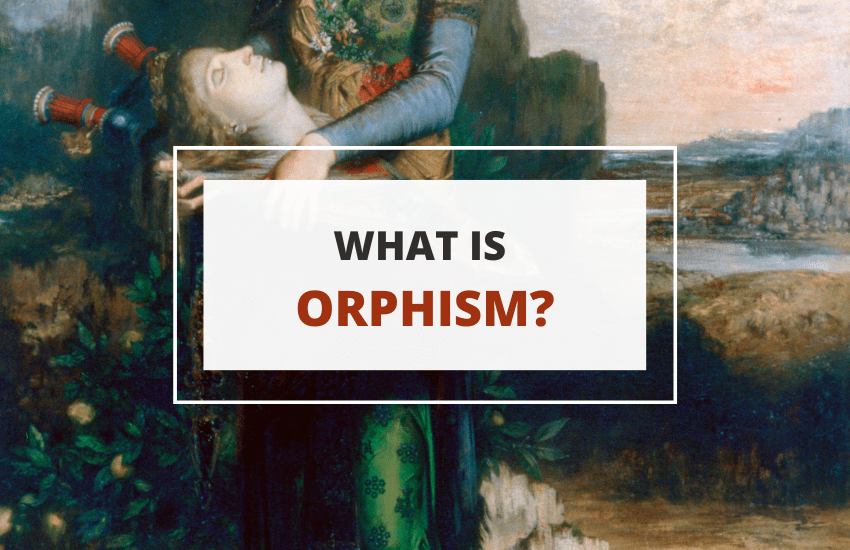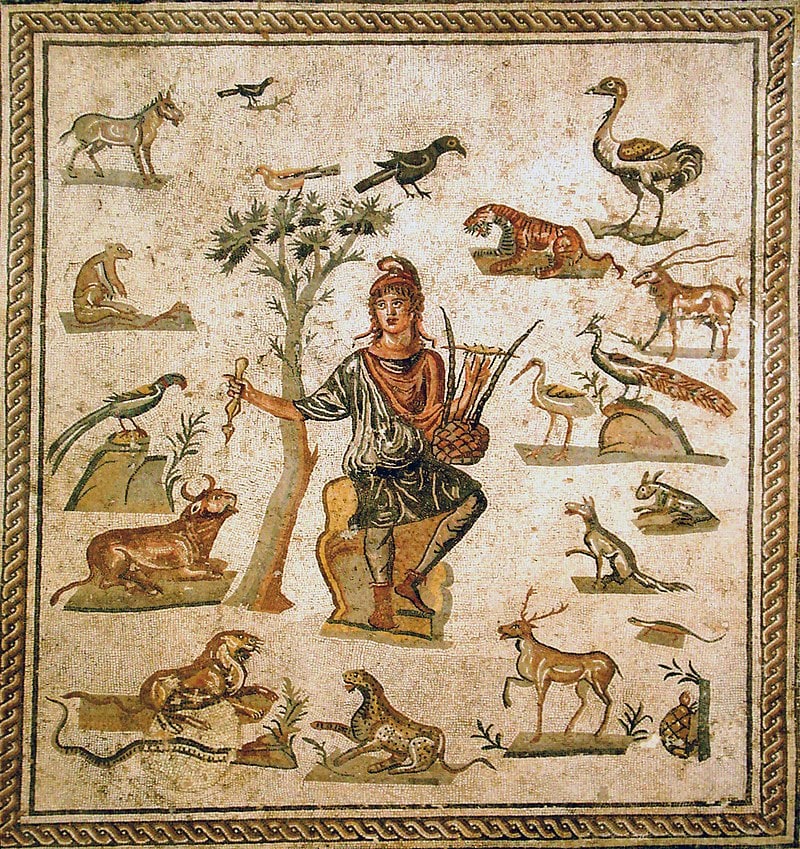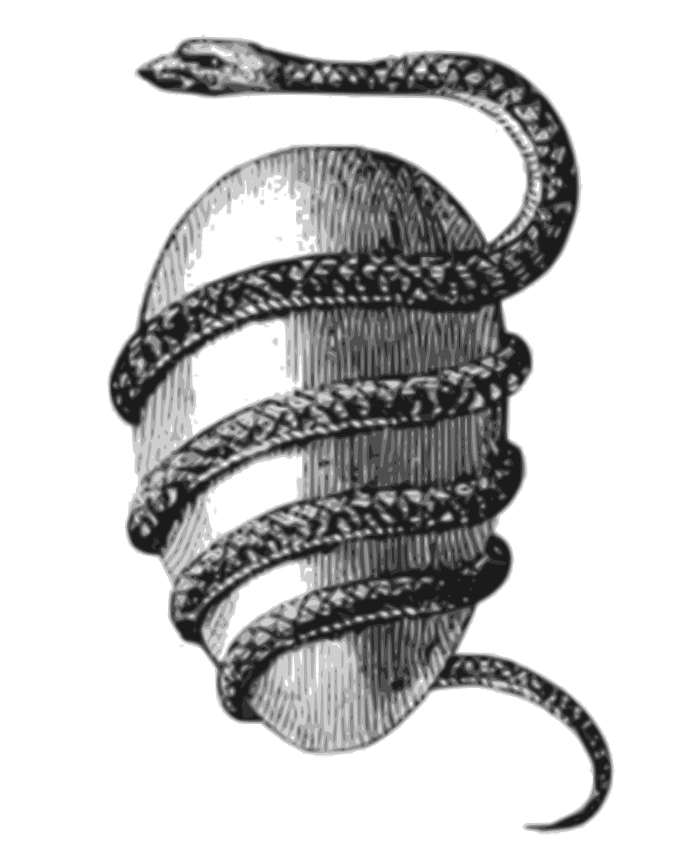
Table of Contents
The enchanted worldview of Ancient Greeks offers an abundance of intriguing myths. Myths are vivid stories rich in symbolic meaning — their purpose is to help people understand the world around them, as well as the world within them. Some of these stories stand out as especially relevant, which is why they obtain cult status and become the organizing theme of religious festivals.
Moreover, there are instances where a myth appears to be so important it becomes a separate religion on its own. Such is the case with Orphism — the mystery religion allegedly founded by Orpheus, the legendary Greek poet.
The Origin of Orphism

As with most things concerning Orphism, its origin is veiled in mystery. Scholars can’t agree on the precise time frame during which this religion was founded. According to the earliest evidence pointing to Orphic practices, this religion has been around since at least the 6th century BC.
Some experts dispute the claim that Orphism was an organized religion. According to them, it only began as a local movement whose role was subsequently blown out of proportion by authors living long after its foundation.
However, ancient philosophers such as Socrates and Plato would disagree with this theory. For instance, in Plato’s dialogue named Cratylus, Socrates claims that Orphic poets deserve credit for ascribing names to things, and thus for creating the Greek language itself. This legend is only a part of a belief widely held by philosophers in ancient Greece. Namely, many wise men believed that Orphism was the core of the common Greek religion, and that it was the oldest religion in existence.
Cosmogony
Orphism differs from the traditional Greek religion in many respects, so it’s no surprise that it provides a different account when it comes to the creation of the universe. The traditional Greek cosmology is outlined in “Theogony”, a seminal work by the Greek epic poet Hesiod. Although the Orphic worldview has some parallels with “Theogony”, it also introduces some elements apparently foreign to ancient Greek culture. This is what led many scholars to theorize that Orphism was imported, or at least influenced by the Egyptian and Near-Eastern cultures.
According to adherents of Orphism, the creator of the universe is Phanes — the primordial god whose name means “the light-bringer” or “the shining one”. This deity also comes with many other epithets, such as Protogonos (The First-begotten), and Erikepaios (The Powerful One). This creator god has also been equated with numerous other deities, such as Eros, Pan, and Zeus.

Phanes was hatched from The Cosmic Egg. His emergence caused the Egg to split into two halves, thus creating earth and the sky. After this, The First-begotten went on to create other deities.
Phanes possessed a magic scepter that gave him power to rule the world. This scepter is a major part of the cosmological plot. Namely, he passed it to Nyx, who handed it down to Uranus, who in turn gave it to Cronos, only for him to forward it to his son – Zeus.
Finally having the magic scepter in his hands, Zeus was possessed by lust for power. In his first power-ridden feat, he castrated his father Cronos by swallowing his genitals. However, he didn’t stop there, as he swallowed Phanes in order to gain powers over the elements and the creative life-force. Once he obtained all the power one could imagine, he endeavored to pass on his scepter to his son Dionysus. This leads us to the central myth of Orphism.
The Central Orphic Myth
The central myth of Orphism revolves around the death and resurrection of Dionysus Zagreus. Dionysus Zagreus was the son of Zeus and Persephone. He was the most beloved son of Zeus, which is why he intended him to become the successor of his throne at Olympus. When Hera (the wife of Zeus) found out about this, she was struck with jealousy because Zeus’ successor wasn’t one of her sons. In retribution, she plotted to kill Dionysus.
The first step of Hera’s revenge was summoning the Titans, the pre-Olympian gods whom Zeus overthrew. She ordered them to capture and kill the infant Dionysus. Since Dionysus was still a baby, luring him was easy — the Titans distracted him with toys and a mirror. Then, they seized him, tore him limb from limb, and ate all of his body parts, except his heart.
Luckily, Dionysus’ heart was saved by Athena, Zeus’ sister. She informed Zeus about what happened, and naturally, he was infuriated. In his anger, he threw a thunderbolt at the Titans, turning them to ashes.
The killing of the Titans who ate Dionysus actually represents the birth of mankind. Namely, human beings sprang forth from the ashes of the slain Titans. As all of them contained parts of Dionysus they ate, the human soul was created from the remnants of Dionysus, while our bodies were created from the Titans. The object of the Orphics is to get rid of the Titanic part of our being — the bodily, base, animal part that often overrides our conscious selves and makes us act against our better judgment.
Interesting Facts
- What’s striking about Orphism is the parallel between the lives of Orpheus and Dionysus. Namely, Orpheus too descended into the underworld and came back. Moreover, he was also torn limb from limb. However, the reason was different, he was torn by the Maenads, the adepts of the ecstatic Dionysian female cult — they dismembered him for shunning the worship of Dionysus and devoting himself to Apollo entirely.
- Adherents of Orphism were one of history’s first vegetarians. Besides abstaining from animal flesh, they also avoided certain types of vegetables —broad beans in particular. Pythagoras adopted this diet from Orphism and made it mandatory in his cult.
- The Orphics had “passports for the underworld”. These passports were actually golden plates placed in the tombs of the deceased. With inscribed instructions of code of conduct in the underworld, the plates secured a safe passage to the other side.
- Phanes, the most distinguishable Orphic god, is featured on the oldest known coins with inscription.
Wrapping Up
Orphism was a mystery religion that represented a highly influential undercurrent in the culture of ancient Greeks. Given that the Western world lays on the foundations of ancient Greek culture, our modern, contemporary culture is subtly and intricately connected to some ideas originating in Orphism.
This religion is composed of common mythological themes, as well as unique ideas and symbols, the most important being — descent into the underworld, resurrection, clashes between older and younger gods, the world egg, and the dismembering of a god.








